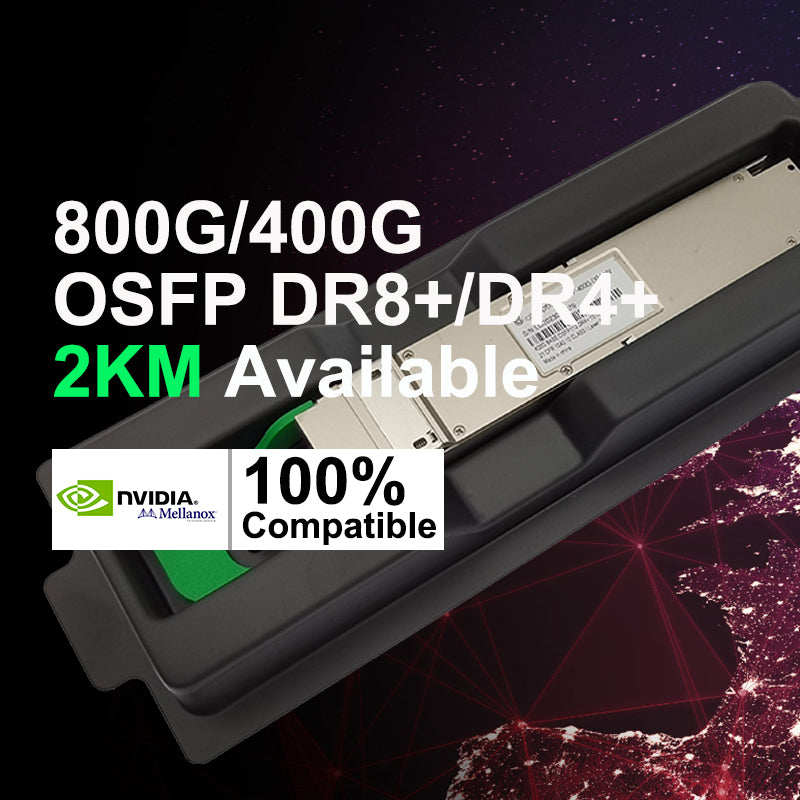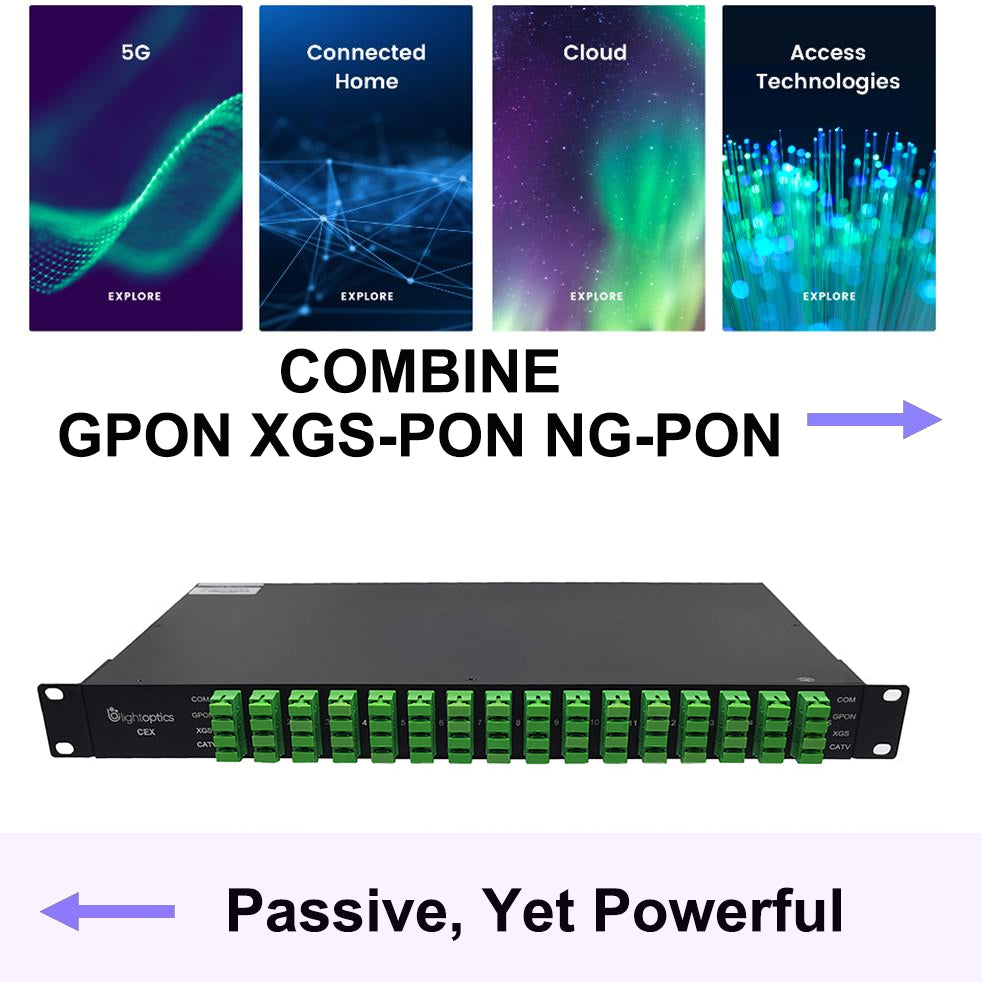SD-SDI vs HD-SDI vs 3G-SDI, what is the difference between them?
SD-SDI vs HD-SDI vs 3G-SDI, what is the difference between them?
As application scenarios such as broadcast, live events or so have an increasingly higher standard towards bandwidth. We have witnessed the evolution of video standards from SD-SDI, HD-SDI to Ultra HD standards of 3G-SDI, 6G-SDI, 12G-SDI and 24G-SDI. At the same time, it also promotes a new era of digital video display in the fields of surveillance and broadcasting. If you want to know the difference between various SDI interfaces, you can check this article: SDI, HD-SDI, 3G-SDI, 6G-SDI, 12G-SDI: What are the Differences?
In this article, we mainly introduce SD-SDI, HD-SDI and 3G-SDI. Before introducing SD-SDI vs HD-SDI vs 3G-SDI interfaces, in order to better understand them, it is best to first understand what SDI is.
What Is SDI?
SDI-Serial Digital Interface, widely used in SDI encoders, SDI converters and other equipment, which has been applied to radio and television fields, security monitoring. This serial interface transmits every bit of data word and corresponding data through single channel. Due to the high data rate of serial digital signal (a kind of digital baseband signal), it must be processed before transmission.
What Is SD-SDI?
The SD-SDI standard support the 270 Mb/s bit rate. SD-SDI is used to transmitting low-resolution PAL compatible video 720 * 576 @ 25fps and uses a clock rate of 27 MHz. In 1994, ITU-R (formerly International Radio Consultative Committee) released Recommendation BT.656-2, incorporating the new serial digital interface defined in EBU Tech.3267 and SMPTE 259M, which uses 10-bit transmission and non- Zero Reverse (NRZI) encoding. The clock rate was 270 Mb / s when transmitting a 4: 2: 2 level signal from ITU-R BT. 601 (part A), at which point the SD-SDI standard was defined, which is today’s SDI.
What Is HD-SDI?
HD-SDI is a high-definition digital component serial interface. HD-SDI is high-definition radio and television camera which is real-time and uncompressed. It is another scientific and technological progress in the security monitoring field. It provides a high-definition image source for the monitoring center. The HD-SDI camera, based on the serial link standard of the SMPTE (film and television Engineer Association), is a high-definition and real-time video camera that transmits uncompressed digital video through 75 ohm coaxial cables.
What Is 3G-SDI?
3G-SDI has been widely used in the radio and TV industry. With the continuous development of the security industry, its advantages, high speed and without digital uncompressed, are gradually found. At present, a large number of 3G-SDI series products have been introduced in the market, including SDI conversion equipment, SDI digital switching matrix equipment and SDI distributor. These devices use 3G signals, and can also be compatible with 1.5G signals for long-distance transmission to meet the diverse needs of users.
SD-SDI vs HD-SDI vs 3G-SDI, what is the difference?
The basic electrical specifications of HD-SDI and SD-SDI are the same, but the transmission bit rate is much higher than that of SD-SDI. Since the ITU-R BT.1120-2 specifies that the luminance sampling frequency of high definition video signals is 74.25 MHz and the sampling frequency of two color difference signals is 37.125 MHz respectively, the basic bit rate of HD-SDI reaches 1.485 Gb / s. Taking into account the distribution of high-frequency transmission cable parameters affects the transmission of high-definition video signals, the cable length will be greatly reduced.
The data transmission format of HD-SDI is basically the same as the transmission format of SD-SDI, and the luminance signal Y and the color difference signals Cb and Cr subjected to time-division multiplexing are handled as 20-bit words. Each 20-bit word corresponds to a color difference sample and a luminance sample. The multiplexing modes are: (Cb1Y1), (Cr1Y2), (Cb3Y3), (Cr3, Y4).
With the advent of high definition (HD) video standards such as 1080i and 720P, interfaces have been adapted to handle higher 1.485Gbps data rates, and the 1.485-Gbps serial interface, commonly referred to as the HD-SDI interface, is defined by the SMPTE292M, It uses the same 75-ohm coaxial cable. SMPTE approved the new standard, SMPTE424M, which doubles the SDI data rate to 2.97Gbps over the same 75-ohm coaxial cable and supports higher-resolution images such as 1080P and digital cinema. 3G-SDI is an upgraded version of HD-SDI. The system supports SMPTE424M, SMPTE292M, SMPTE259M, SMPTE297M, SMPTE305M, and SMPTE310M standards.
Conclusion
In short, SDI is a wonderful alternative if you require a high-quality video interface for skilled applications. For SDI series products, Lightoptics currently has 3G-SDI SFP, 6G-SDI SFP+, 12G-SDI SFP+ optical modules. If you would like more details, please contact sales@lightoptics.co.uk.












